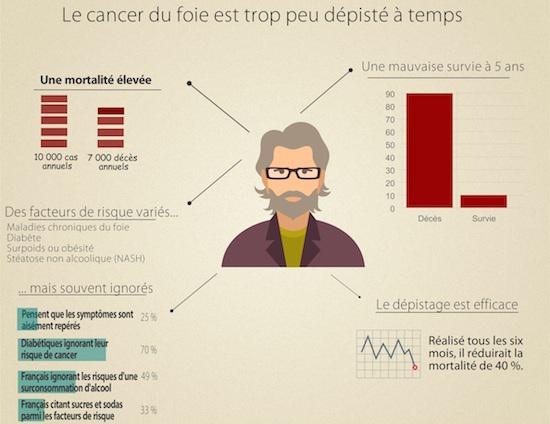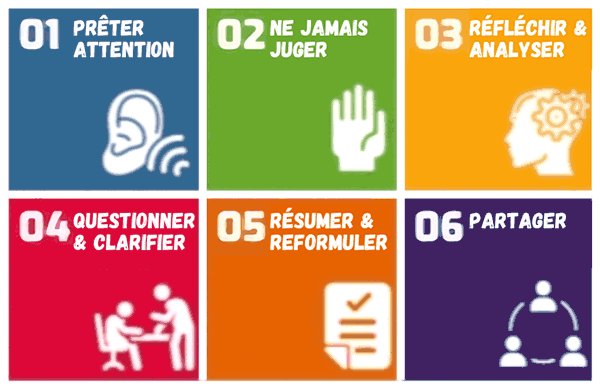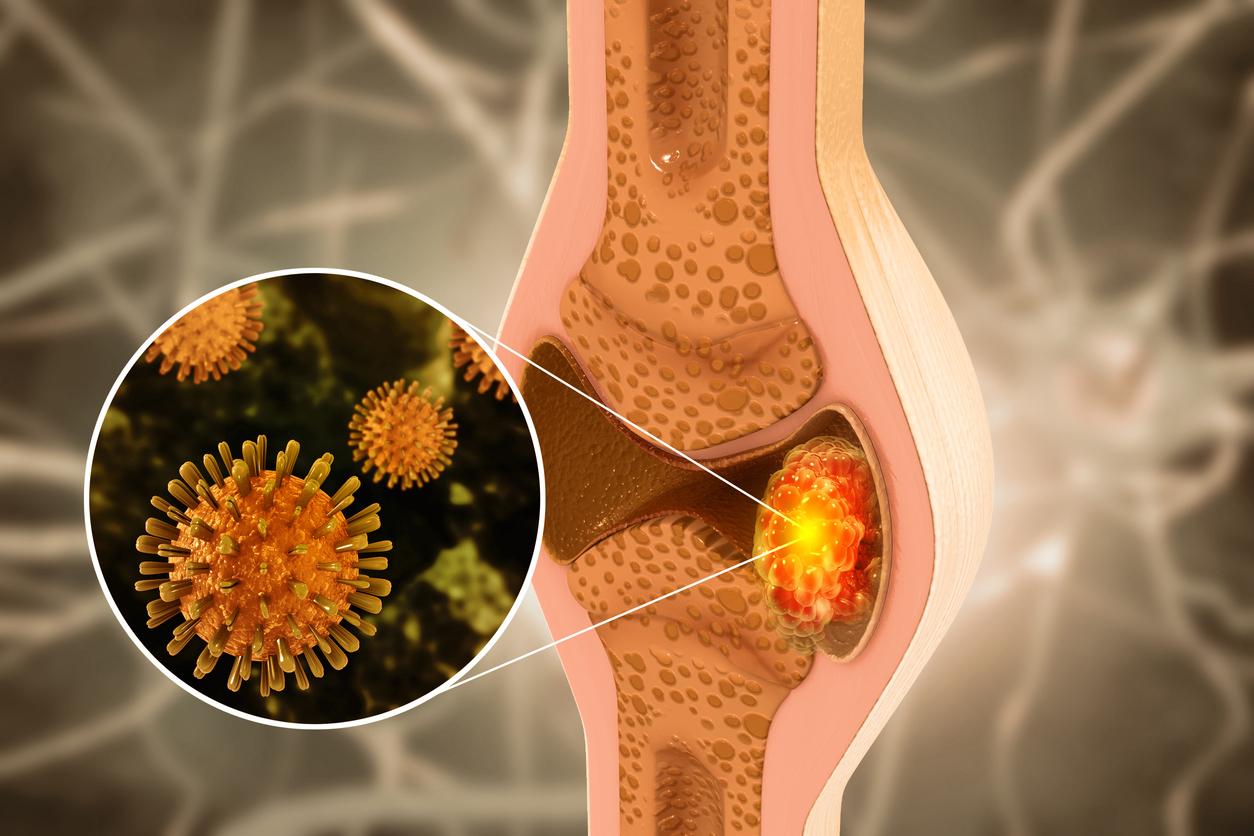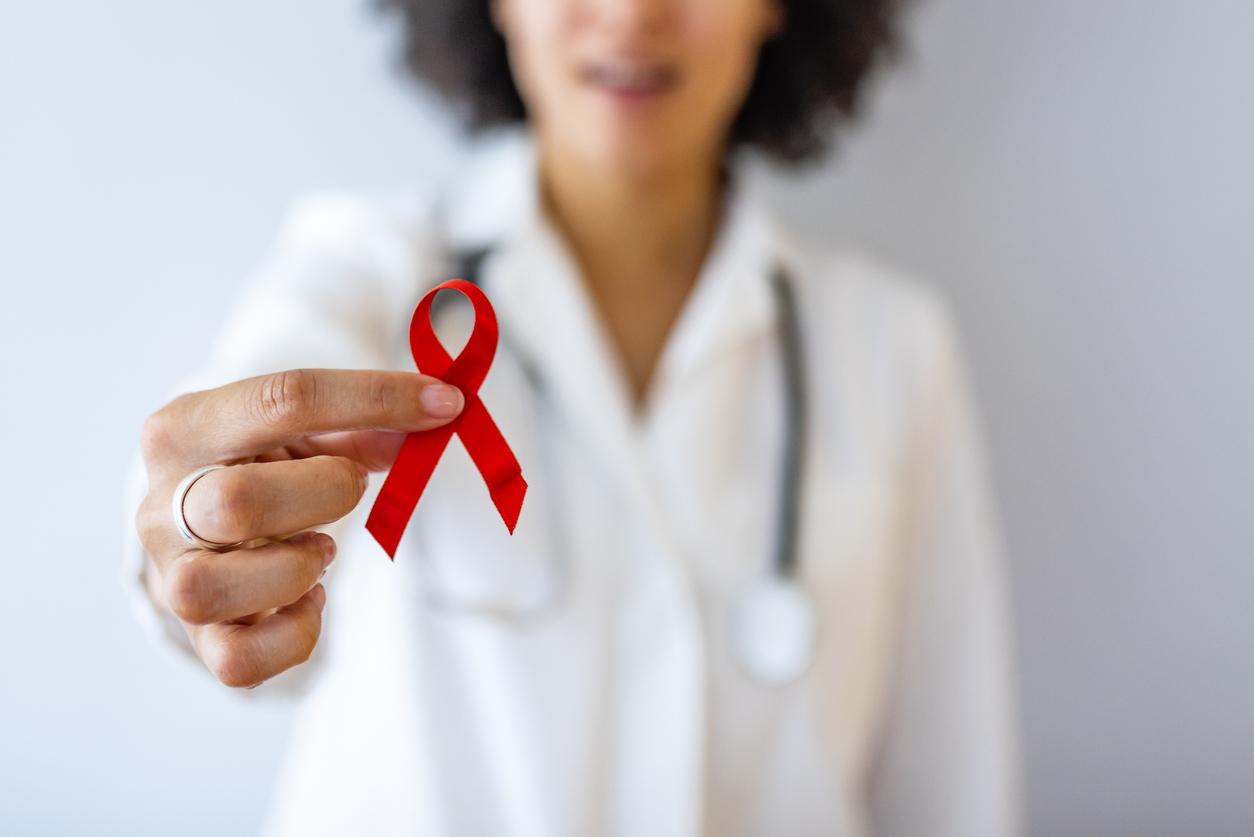Six-monthly screening of people at risk for liver cancer significantly improves the prognosis. But it is too infrequently practiced at this rate.

It is one of the most feared cancers, and rightly so. Most often, liver tumors are fatal. 5 years after diagnosis, the chances of survival are only 10%. The prognosis is bad, as is the knowledge. Preventive measures, such as screening, exist. But they remain largely underutilized. Meeting in congress from September 28 to 1er October, the French Society of Hepatology (AFEF) deplores this assessment. On the occasion of her 40th birthday, she is launching a campaign. The objective: to improve the screening of populations at risk.
Follow-up every six months
Liver cancer is not the most common. 10,000 cases occur each year. But the diagnosis is often made too late to hope for a favorable outcome. Thus, 7,000 patients die per year. The delay is easily explained. As AFEF reminds us, the disease remains silent until an advanced stage. By the time the signs are felt, it is too late.
This detail, the French often ignore. 25% of them think the symptoms are easy to detect. An often fatal error, since the size of the tumor can double between a month and a year.
But this record is not inevitable. To improve the situation, health professionals and patients must be better informed, says AFEF. But that’s not all. Medical imaging screening should be used much more. Indeed, it is a precise tool that detects nodules less than a centimeter in diameter, depending on the devices. At this stage, tumors can be treated effectively: percutaneous, non-invasive destruction and surgical removal are two very effective techniques. They make it possible to achieve remission.
But hepatologists face a major problem. Regular follow-up is not being carried out at a satisfactory pace. To reduce mortality, screening should be done every six months in those most at risk. This is the main purpose of the AFEF campaign.
Destroy viral hepatitis
Because the risk factors are well known. In the first place, chronic liver disease is almost synonymous with liver cancer: it occurs in 80% of patients. At the cirrhosis stage, a carcinoma will develop in 9 out of 10 cases. AFEF therefore asks the public authorities to fight these pathologies more effectively, through vaccination campaigns to reduce the epidemic of viral hepatitis (A and B) in the country.
The other situations conducive to the formation of a tumor are less often identified: diabetes, overweight but also non-alcoholic steatosis (NASH) – caused by excess sugar or sugary drinks – are considered to be elements favoring the Cancer. For all of these patients, six-monthly screening would reduce mortality by 40%.

.
















